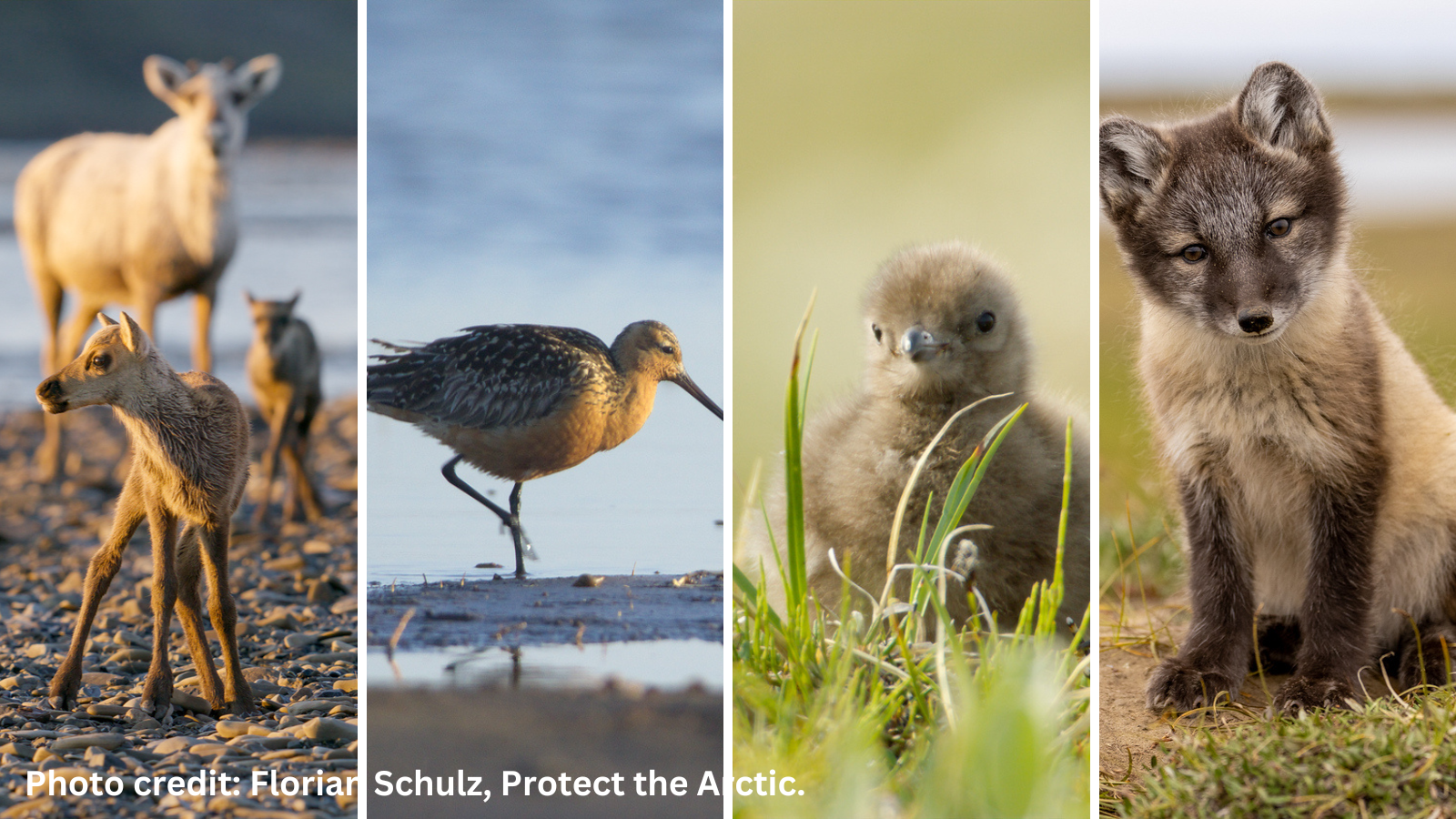
Why Alaska’s NPR-A, site of the Willow Project, deserves protection
There’s a lot of important wildlife habitat in the area where the Willow project is located. In April, 2024 President Biden acted to protect it.
Our research and public education work are made possible by tax-deductible contributions from supporters like you.
Clean water to drink and clean air to breathe; healthy lakes, rivers and forests; sources of energy that don’t pollute and never run out — all this should be the heritage we leave to future generations.
There’s a lot of important wildlife habitat in the area where the Willow project is located. In April, 2024 President Biden acted to protect it.
Sign the petition
Join us on Thursday, May 2 at 5:00 p.m. PT for a virtual event highlighting how bringing back sea otters can benefit our struggling kelp forests.
Attend
VIRTUAL
Zoom
Grassroots climate groups like mine, 350 Eugene, understand that forest defense is climate defense, and we're fierce.Patty Hine, 350 Eugene
“As we are increasingly confronted with the twin threats of climate change and the biodiversity crisis, defending mature and old-growth forests is more important than ever. These trees provide critical habitat for wildlife, keep water clean and cold, are resilient to wildfire, and are at the core of cultural values.”Jeremy Austin, Central Oregon LandWatch
